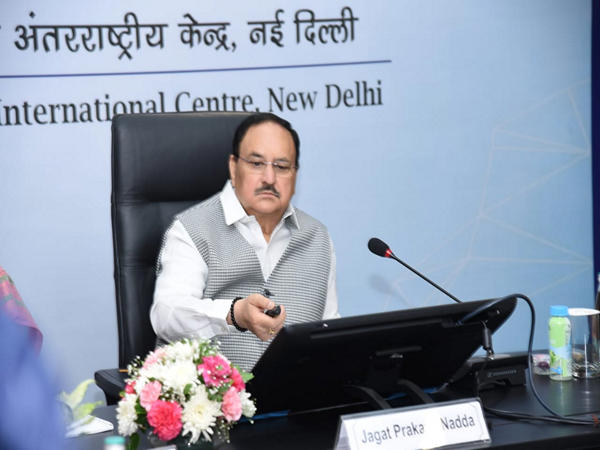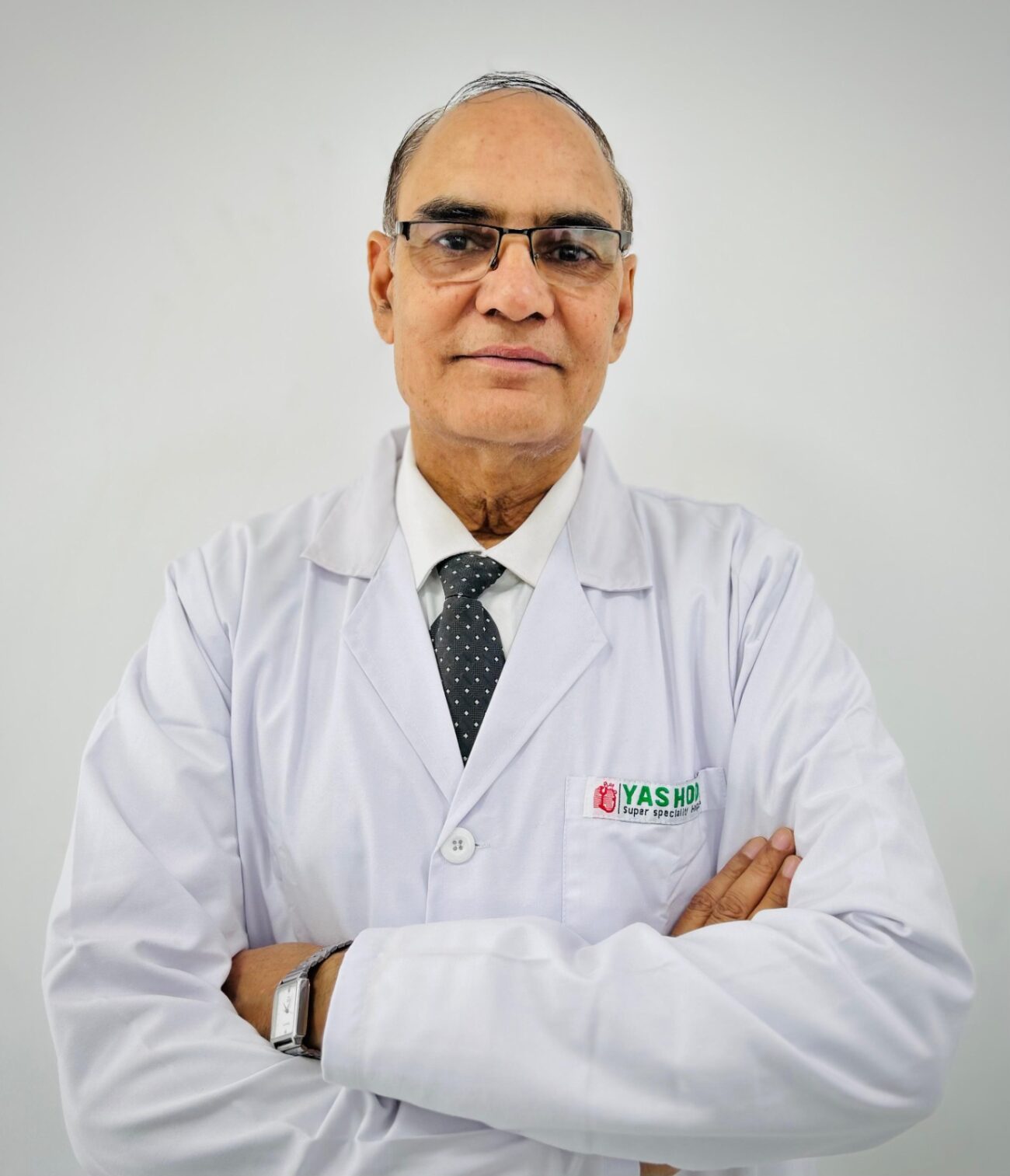Meril Life Sciences launches indigenously researched and developed thin-strut bioresorbable scaffold, MeRes100 – BRS, in India
Cardiovascular diseases (CVDs) are a leading cause of mortality and have an earlier onset in India. Bioresorbable stents (scaffolds) offer an alternative treatment option in addition to metallic stent implants. Meril Life Sciences is committed

Cardiovascular diseases (CVDs) are a leading cause of mortality and have an earlier onset in India. Bioresorbable stents (scaffolds) offer an alternative treatment option in addition to metallic stent implants.
Meril Life Sciences is committed to introduce BRS therapy via a sequential roll out in line with best clinical practices and protocols to continue the development of clinical research and long-term evidence.
Meril Life Sciences today announced the launch of its indigenously researched and developed bioresorbable scaffold (BRS) MeRes100 in India. Bioresorbable scaffolds are non-metallic, non-permanent mesh tubes, similar to stents, that dissolve over time after ensuring the previously blocked artery is opened via a routine angioplasty procedure. This novel therapy option, which can meaningfully treat an identified subset of the patient population, will be launched in a phased, sequential manner to ensure adherence to best clinical practices and continued development of clinical research and long-term evidence.
Currently, MeRes100 is being launched in 16 cities across India, including Mumbai, Delhi, Gurgaon, Bangalore, Chennai, Pune, Hyderabad, Ahmedabad, Lucknow, Chandigarh, Mohali, Jaipur, Kochi and Eddakad (in Kerala), Nagpur and Bhubaneswar.
Sanjeev Bhatt, Sr. Vice President, Corporate Strategy, Meril Life Sciences, commented, “We are committed to introduce MeRes100 BRS in India and ensure it is delivered to the right patients in line with the right indication. We will ensure sequential hospital roll-out to facilitate best clinical practices, appoint a team of trained clinical specialists to assist cases and conduct doctor education on protocols for successful bioresorbable stent implantation. Through these measures, we aim to facilitate the best outcomes for patients.”
He continued, “Moreover, in support of long-term research on BRS therapy, we will facilitate a multi-national, multi-centre, randomized clinical trial, MeRethon RCT, comparing MeRes100 to conventional drug eluting stents. Approximately 2,000 patients will undergo clinical, angiographic and OCT imaging follow-ups over five years, to establish long term clinical evidence of BRS therapy and its benefits. Meril Life Sciences will also convene a BRS clinical forum with national and international experts to continuously update each other on best practices for optimal patient outcomes.”
MeRes100 is the first-ever 100 micron thin-strut BRS developed to treat people with coronary artery disease. Till date, it has been granted a total of 12 patents from USA, Japan, Australia, Russia, Europe, Korea, China, Brazil and India. Backed by multi-year safety and efficacy data from Indian and international trials, MeRes100 has received DCGI approval as well as European CE approval. These trials include MeRes-1, led by principal investigator Dr. Ashok Seth, leading Indian interventional cardiologist and Chairman, Fortis Escorts Heart Institute, which validated the benefits of using next-generation thin-strut technology.
Cardiovascular diseases (CVDs) such as coronary heart disease are the leading cause of mortality in India. The prevalence rate of coronary heart disease in young Indian men is twice that of those in western nations.[1] Further, there is evidence to suggest CVDs begin to affect Indians at least a decade earlier than Europeans.[2]
Dr. Praveen Chandra, Chairman- Interventional Cardiology, Medanta- The Medicity, Gurgaon, India, and Co-Principal Investigator of the MeRes-1 Study, commented, “Medical technologies need to evolve in line with disease incidence and unmet patient needs. In India, we diagnose younger patients, even 35-year-olds, with coronary artery disease, often caused by unhealthy or stressful lifestyles. The older cohort with cardiac disease also present unique problems, as they may have recurrent lesions in the same arterial location. Bioresorbable scaffolds differ from permanent metallic stents in that they provide only temporary scaffolding and release the drug at the required site to facilitate healing, after which the scaffold naturally resorbs in the artery. With appropriate patient and lesion selection, bioresorbable or dissolvable stent technology can bridge the gap between the temporary horizon required for healing a blockage and the permanent nature of a metallic stent implant.”






